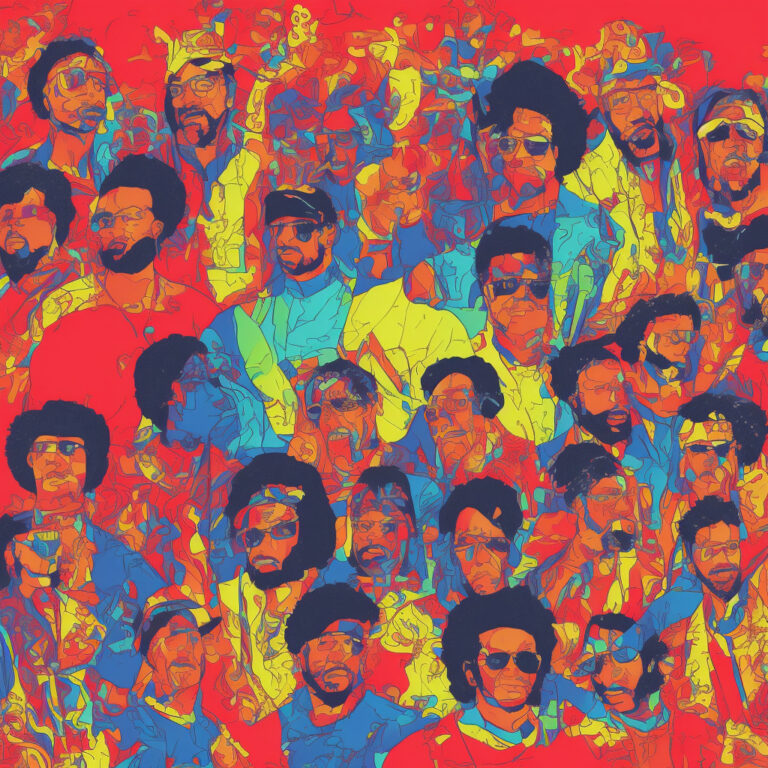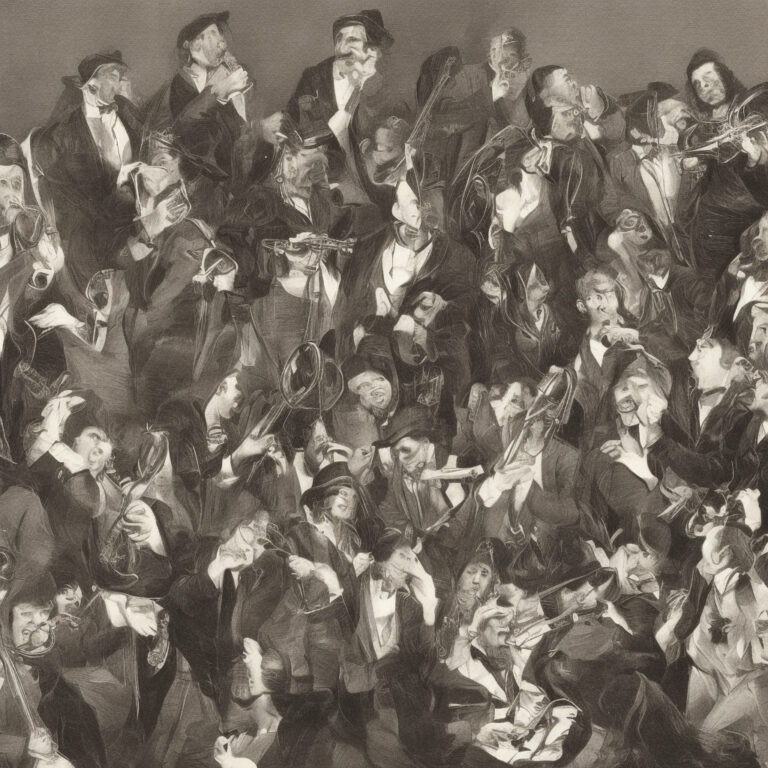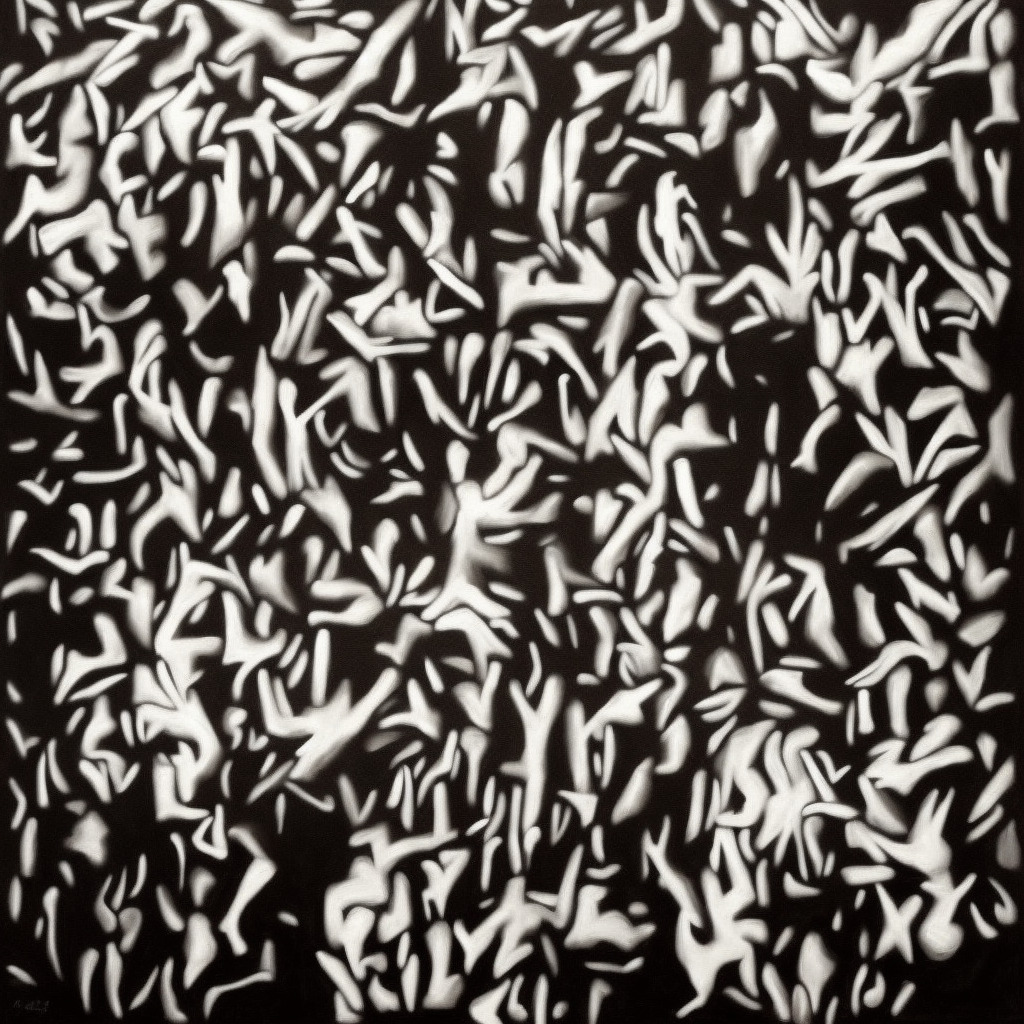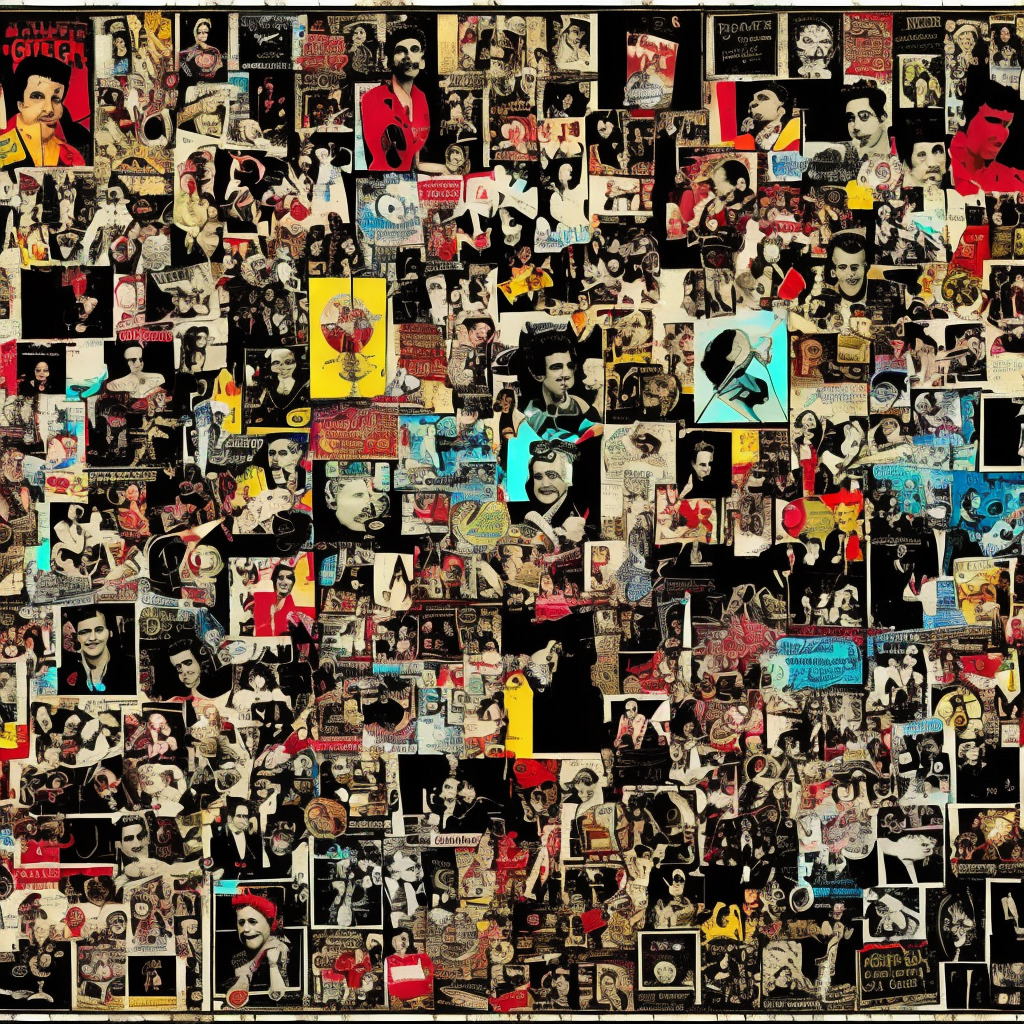“Easy like Sunday morning” ? The iconic #Commodores hit “Easy” was inspired by a breakup ?, but it still feels like a warm hug! Did you know Lionel Richie wrote it in just 10 minutes? ⏱️ A timeless classic! ? #FunFact #MusicTrivia #EasyVibes Read about it: tinyurl.com/mmtvb9bx
Timeless Soul Sensations: The Commodores
Timeless Soul Sensations: Dive into the Commodores’ captivating groove, as their infectious, soulful tunes transcend generations and leave a lasting impact on the world of music.

When it comes to the legendary and timeless music of the soul and funk genres, one simply cannot overlook the massive impact of the six-member ensemble, the Commodores. Formed in 1968, this talented group of musicians has played a significant role in shaping the sound of the ’70s and ’80s with their infectious grooves and soulful ballads.
One track that stands out among their extensive discography is their 1977 classic, “Easy.” This smooth ballad, written by none other than the group’s former lead vocalist and keyboardist, Lionel Richie, showcases the band’s undeniable ability to capture the hearts of listeners with evocative lyrics and exceptional musical prowess. Richie’s smooth vocals on “Easy” perfectly complement the song’s laid-back melodies and delicate instrumentation, making it a quintessential slow jam and a favorite among Commodores’ fans.
Throughout the years, the band experienced several line-up changes, with the most notable being Lionel Richie’s departure in 1982 to pursue a solo career. Despite this massive loss, the band soldiered on and continued to produce hits, with both former and current members contributing significantly to the band’s success. The current lineup includes founding members William King, Walter Orange, and J.D. Nicholas, who collectively carry on the original magic that the Commodores once brought to the stage.
A testament to the band’s impact and musical legacy, the Commodores have been the recipients of numerous accolades, including a Grammy Award for Best R&B Performance by a Duo or Group with Vocals in 1986 for their song, “Nightshift.” This award-winning track, a tribute to the late soul legends Jackie Wilson and Marvin Gaye, exemplifies the band’s ability to evolve and adapt to the changing landscape of the music industry.
In their five-decade-long career, the Commodores have experienced both highs and lows. On one hand, their discography is filled with numerous chart-topping hits, and they have been instrumental in influencing the next generation of soul, funk, and R&B artists. On the other hand, the departure of their iconic member, Lionel Richie, left a void in the group, leading to a somewhat inconsistent output in the years that followed. Despite these challenges, the undeniable talent of the Commodores, both individually and as a collective, remains unquestionable.
As we look back on the Commodores’ storied career, we cannot help but appreciate their lasting contributions to the world of music. “Easy” serves as a testament to their ability to create timeless songs that transcend generations and continue to resonate with fans young and old. While their journey has been marked with successes and setbacks, one thing remains clear: the Commodores are an enduring force in the soul and funk genres, and their legacy will undoubtedly stand the test of time.
Charting the Course of an Iconic Classic
“Easy”: The Commodores’ smooth, soft-rock classic that effortlessly soared the charts worldwide and remains an iconic, timeless gem in music history.

“Easy” made its initial chart debut on May 21, 1977, just a month after its release on March 18, 1977. The song served as the lead single from the Commodores’ fifth studio album, aptly titled “Commodores.” The group’s foray into a more laid-back, soft rock sound proved to be a successful endeavor, as the song climbed the charts with ease.
“Easy” quickly gained momentum on the charts, peaking at No. 4 on the Billboard Hot 100 during the week of July 30, 1977, solidifying its place as a top-five hit. The song further demonstrated its widespread appeal by achieving chart success in various international territories. “Easy” reached No. 9 on the UK Singles Chart, No. 27 on the Canadian RPM Top Singles Chart, and No. 12 in Australia.
In addition to its impressive peak chart positions, “Easy” managed to stay on the Billboard Hot 100 for a total of 22 weeks, showcasing its lasting power and resonating with listeners throughout the summer of ’77 and beyond. The song’s moderate tempo, smooth melodies, and relatable lyrics contributed to its commercial success and timeless appeal.
In the years following its release, “Easy” has been a mainstay on various “best-of” lists, countdowns, and compilation albums. Its enduring popularity has led to numerous cover versions, remixes, and reinterpretations, further cementing its status as a classic hit in the annals of popular music history.
Decoding the Soulful Lyrics of “Easy”
The lyrics of “Easy” by the Commodores are an introspective take on accepting life’s challenges and letting go of past emotional baggage. It is a moving ballad that has resonated with many listeners since its release in 1977. The song features a soulful and poignant vocal performance by Lionel Richie, who also wrote the lyrics.
That’s why I’m easy
I’m easy like Sunday morning
That’s why I’m easy
I’m easy like Sunday morning
Why in the world would anybody put chains on me?
I’ve paid my dues to make it
Everybody wants me to be
What they want me to be
I’m not happy when I try to fake it! no!
That’s why I’m easy
I’m easy like Sunday morning
That’s why I’m easy
I’m easy like Sunday morning
I wanna be high, so high
I wanna be free to know
The things I do are right
I wanna be free
Just me, whoa, oh! babe!
The lyrics of “Easy” speak to a desire for freedom from societal expectations and the pressures to conform. The phrase “easy like Sunday morning” is a metaphor for the laid-back, relaxed feeling one has on a Sunday morning, free from the hustle and bustle of the weekday life. The song beautifully encapsulates the spirit of the time, as the 70s were a period of social change, personal growth, and self-discovery.
The era was marked by the aftermath of the civil rights movement, the rise of the feminist movement, and the end of the Vietnam War. Many people were seeking solace and trying to find their place in a rapidly changing world. The lyrics of “Easy” captured this zeitgeist by expressing the desire for independence and liberation from societal norms.
In conclusion, the lyrics of “Easy” by the Commodores are a powerful expression of the need for personal freedom and the ongoing struggle to break free from the chains of conformity. The song’s heartfelt message and relatable theme have stood the test of time and continue to resonate with listeners today.
A Visual Journey Through “Easy”
“Easy” by the Commodores: A timeless classic that transcends generations, inspiring fans to create their own visual tributes and giving a new dimension to its soulful melody.
The iconic song “Easy” by the Commodores may not have had an official music video released during the time of its release in 1977, but its soulful tune and heartfelt lyrics have inspired numerous fan-made videos and tributes that aim to capture the essence of the song. These fan creations have given a new visual dimension to the timeless classic, allowing the song to continue to resonate with generations of music lovers.
One notable fan-made video, uploaded to YouTube by the user “CommodoresVEVO,” offers a montage of various clips from the Commodores’ live performances, interspersed with the lyrics of “Easy” displayed on screen. This video, now boasting over 5 million views, has been well-received by fans who appreciate the nostalgic trip down memory lane and the chance to see the band perform their hit song in various settings.
As with any timeless classic, “Easy” has also inspired a number of cover versions, each with their own visual interpretation of the song. For instance, the YouTube user “Peterholland83” recorded a visually stunning one-take live piano cover of “Easy,” and the video showcases his genuine love for the song as he passionately plays the piano and sings along. This video, with its simple yet emotional approach, has garnered over 500,000 views on YouTube.
Moreover, the song has also found its way into television and film, such as in the 2018 movie “Captain Marvel,” where “Easy” plays in a bar scene. This inclusion not only introduced the song to a younger audience but also sparked a surge in interest, leading to an increase in streams and downloads. Fans have even made their own Captain Marvel-themed videos as tribute to the song.
It’s evident that “Easy” by the Commodores continues to inspire creativity and passion in its listeners, despite the absence of an official music video. The visual representations of the song through fan-made videos, covers, and tributes only serve to enhance the song’s enduring legacy and appeal to a wider audience.
Meet the Genius Behind “Easy”: Lionel Richie
Continuing our dive into the mastermind behind the song “Easy,” let’s talk about Lionel Richie, the talented composer who crafted this soulful classic. Richie, a member of the Commodores, penned this iconic tune and has had a long and successful career in the music industry. This multi-talented artist isn’t just limited to writing hit songs, as he has also showcased his singing, producing, and acting prowess throughout his career.
One of Richie’s most famous compositions, apart from “Easy,” is the romantic ballad “Three Times a Lady,” which reached No. 1 on the Billboard Hot 100 chart in 1978. His songwriting skills continued to thrive even after he left the Commodores and embarked on a solo career. During this time, Richie composed the evergreen hit “Hello,” and collaborated with Michael Jackson to co-write “We Are the World,” a song that became an anthem in the mid-80s, raising millions of dollars for famine relief in Africa. In the realm of film soundtracks, he contributed the memorable “Say You, Say Me” for the 1985 film ‘White Nights,’ which won an Academy Award for Best Original Song. From heartwarming ballads to charitable anthems, Richie’s compositions have left an indelible mark on the world of music.
Accolades, Appearances, and Renditions: The Song’s Ongoing Legacy
“Easy” breezes through time, charming generations with its versatile tune, nostalgic allure, and timeless presence in film, TV, and captivating covers.

While the song “Easy” has not garnered any significant awards, it achieved considerable commercial success since its release in 1977. The track climbed to top positions in various charts, reaching number one in the Netherlands, number four on the US Billboard Hot 100, and number nine on the UK Singles Chart. The ongoing popularity of “Easy” has undoubtedly cemented the song’s legacy in music history.
Over the years, “Easy” has become a favorite choice for inclusion in various forms of media. One of its most memorable appearances is in the 1995 movie “Now and Then,” a coming-of-age film that tells the story of four girls who grew up in the 70s. The song’s nostalgic and soulful vibes perfectly match the film’s contemplative atmosphere. In addition to film, “Easy” has also made its way into television series such as “The Office” and “Scandal,” to name a few. Although it hasn’t made an appearance in any notable video games, the song’s widespread use in various other media platforms highlights its longstanding appeal.
Numerous artists have acknowledged the impact of “Easy” by creating their own renditions of the classic track. One of the most famous covers is by British rock band Faith No More, whose version reached number three on the UK Singles Chart in 1993. Faith No More’s interpretation of “Easy” features a heavier rock arrangement that demonstrates the song’s versatility and adaptability across genres. Other notable covers include those by jazz guitarist Grant Green, the British group The Beautiful South, and even Lionel Richie himself, who has performed an acoustic version during his solo tours.
In conclusion, “Easy” by the Commodores has remained a beloved classic in popular music, with its appeal transcending time and genres. Through its accolades, appearances in various media, and multiple cover versions, the song’s enduring legacy continues to captivate and inspire generations of music lovers.
Dissecting the Musical Elements
Diving into the musical structure of this timeless classic, “Easy” is written in the key of A-flat major, with a tempo of approximately 72 beats per minute. The chord structure of the song predominantly follows a simple, yet effective pattern of A♭maj7 – E♭7 – D♭maj7 – Cm7 – Fm7 – B♭7, giving it a smooth and laid-back feel that harmonizes well with the song’s lyrical theme of taking life easy.
The song begins with a captivating piano intro, followed by the entrance of the guitar, bass, and drums, all working together to create a mellow and groovy atmosphere. The guitar part, played by Thomas McClary, features a clean and crisp tone, with melodic lines that emphasize the chord changes and add to the overall texture of the piece.
As for the bass line, Ronald LaPread’s performance adds a rhythmic foundation to the song, utilizing a combination of syncopated and sustained notes. This not only helps to anchor the chord progressions but also contributes to the relaxed vibe that permeates throughout the track.
The drum part, played by Walter Orange, showcases a steady beat with occasional subtle accents and fills, never overpowering the other instruments but instead, providing a solid rhythmic backbone. The use of hi-hats, cymbals, and snare drum is tasteful, and the overall drum pattern complements the song’s slow tempo and laid-back feel.
One of the defining features of “Easy” is Lionel Richie’s soulful and emotive vocal performance. His expressive phrasing and vocal runs add depth and emotion to the lyrics, drawing listeners into the song’s narrative of finding peace and solace in letting go.
Harmonically, the song utilizes a mixture of major and minor chords, with the occasional dominant seventh chord to add a touch of bluesy tension. This combination of chords, along with the slow tempo and smooth instrumentation, helps to establish the song’s signature relaxed and introspective mood.
In conclusion, the musical elements of “Easy” come together to create a timeless piece that resonates with listeners not only for its catchy melody and poignant lyrics but also for its masterful blending of various musical components. The song’s structure, chord progressions, and instrumentation all contribute to its enduring appeal, making it a true classic in the annals of popular music.







